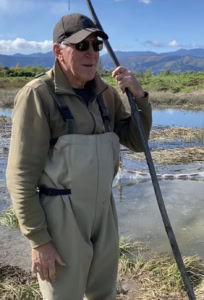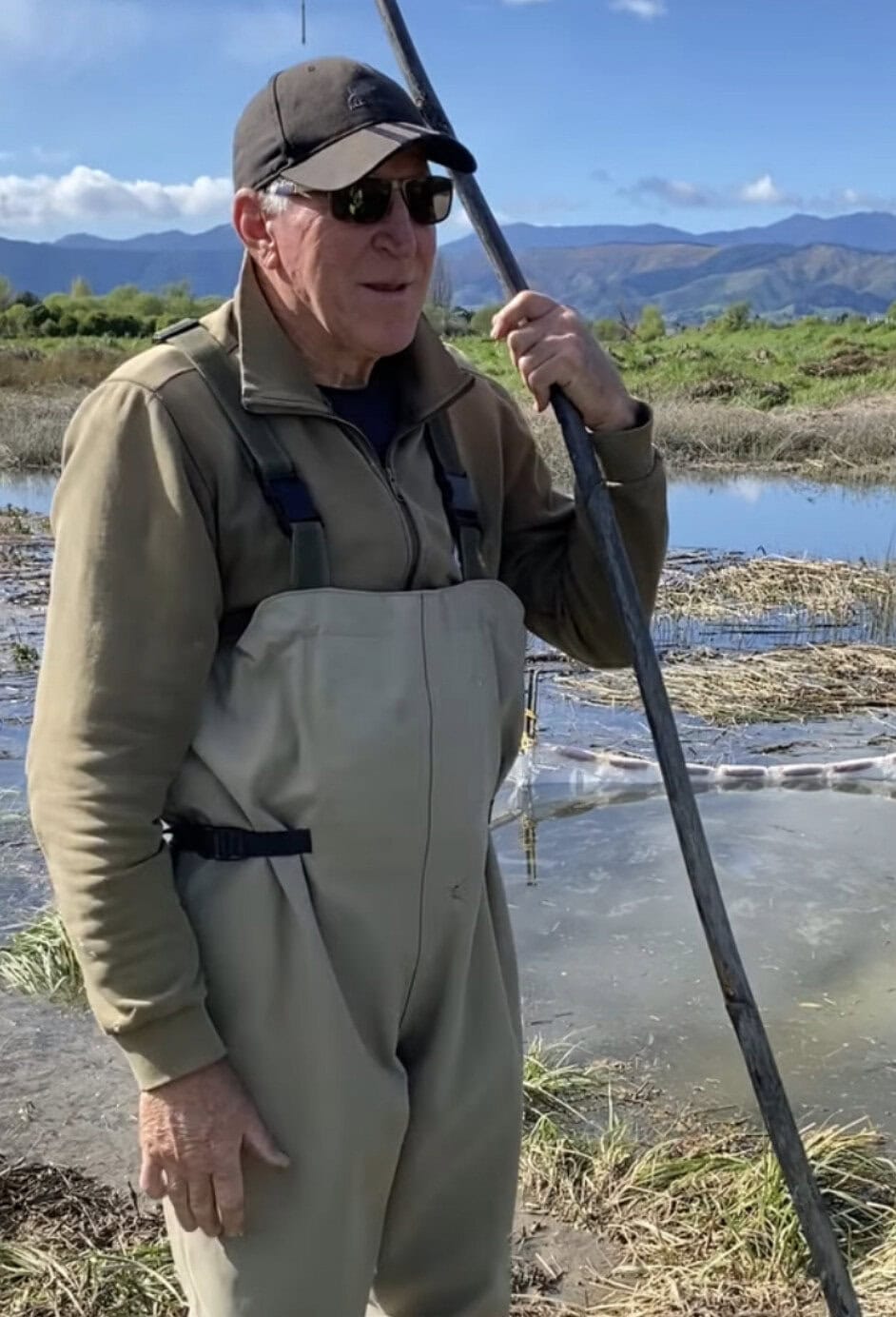This week, the Tasman Bay Guardians team was out in the field conducting saltwater wedge surveys across streams in Te Tau Ihu, as part of our ongoing work to restore īnanga (the smallest fish of the whitebait species) spawning habitats.
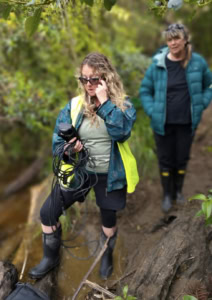
Over four days, a team of eight staff, surveyed 10 different sites, focusing on identifying where the saltwater meets freshwater in our waterways, which is a critical factor for īnanga spawning success.
Using salinity probes and a new data-logging app, we were able to collect accurate, site-specific information about the position of the saltwater wedge in each stream. This data will help us better understand and monitor how tidal influence and freshwater flows interact, how impacts such as climate change and flooding affect the saltwater wedge, and if that then impacts where īnanga are able to spawn.
This kind of work is essential for effective habitat restoration and protection. Īnanga lay their eggs in stream bank vegetation just below the spring high tide mark, so knowing exactly where the saltwater wedge sits allows us to target restoration efforts more precisely, including planting, fencing, and habitat protection.
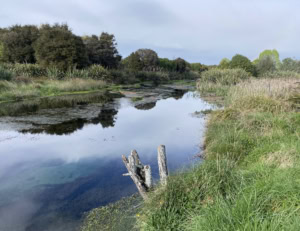
The team also had the chance to chat with several enthusiastic whitebaiters, who generously shared their stories from the past and their hopes for the future of whitebaiting. It’s always a privilege to connect with locals and hear their histories and visions for what’s to come.
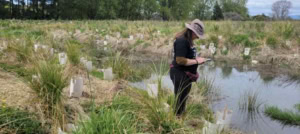
Big thanks to our dedicated team and the ongoing support from our community and partners. We’re excited to keep building knowledge and taking action to protect these important taonga species and their habitats.
Kia kaha te tiaki i te taiao, let’s keep protecting our environment.
